22 Best & Worst Fashion Moments From The ’50s To The ’90s
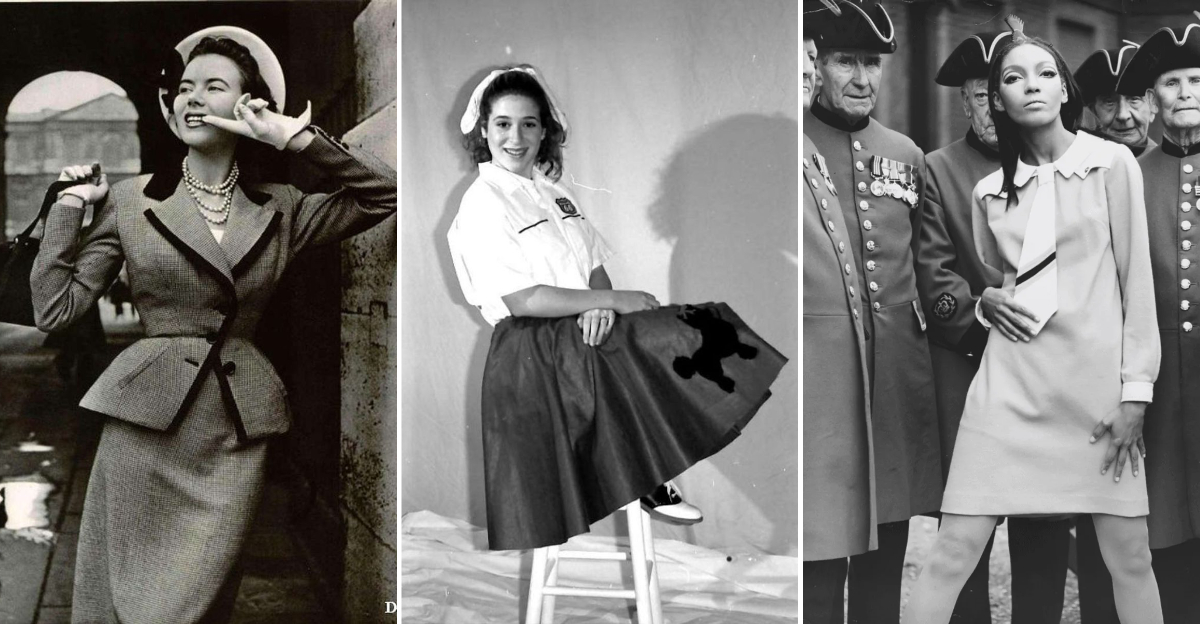
Fashion has always been a rollercoaster of brilliant ideas and questionable choices.
Looking back at the decades from the 1950s through the 1990s, we see a wild mix of styles that either stood the test of time or make us cringe today.
I’ve always been fascinated by how these trends shaped our culture and personal memories – whether it was the elegant silhouettes of the ’50s or the grunge revolution of the ’90s.
Ready for a trip down memory lane to explore the hits and misses that defined generations?
1. 1950s Cinched-Waist Dresses: Hourglass Magic
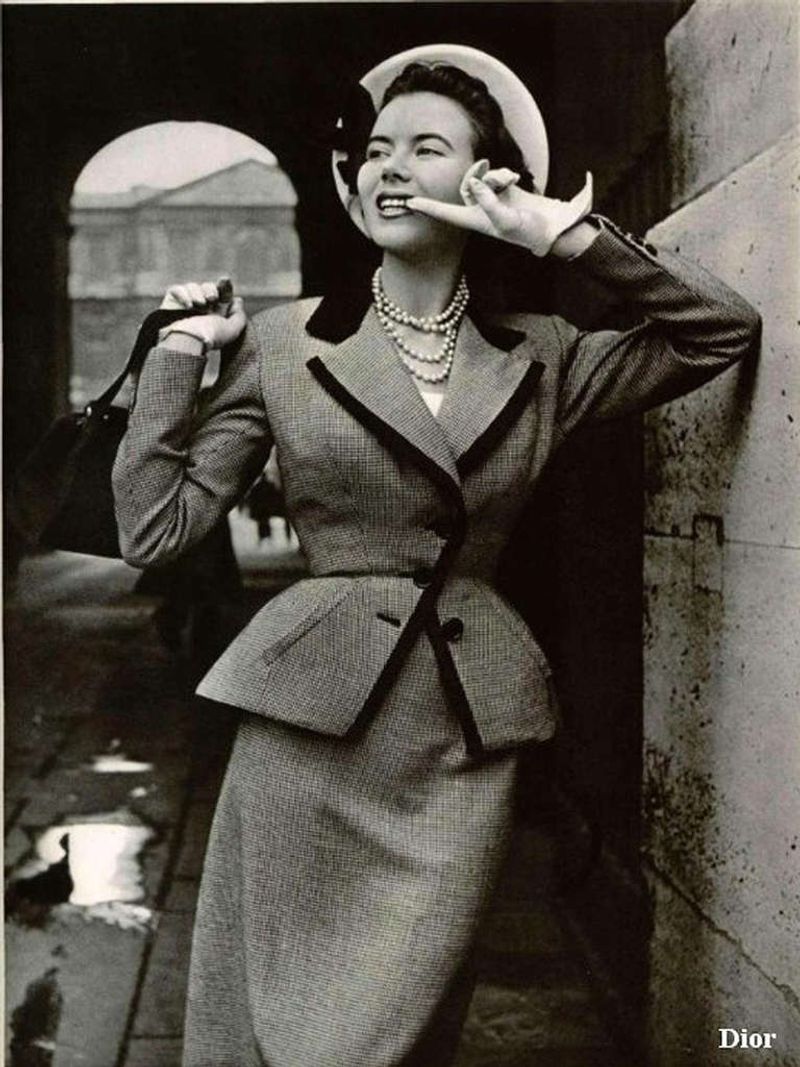
The nipped-in waists and full skirts of the 1950s created that perfect hourglass silhouette women still try to achieve today. Christian Dior’s ‘New Look’ started this trend, giving women a feminine shape after the boxy, utilitarian styles of the war years. I remember my grandmother showing me photos of herself in these dresses, looking like she stepped straight out of a magazine.
The structured bodices, petticoats underneath for extra volume, and those tiny waists – it was all about celebrating curves in the most elegant way. What made these dresses special was their versatility. From casual daytime cotton versions to fancy evening styles, they worked for nearly any occasion while making the wearer feel instantly put-together.
2. Poodle Skirts: Swing Dancing Staples
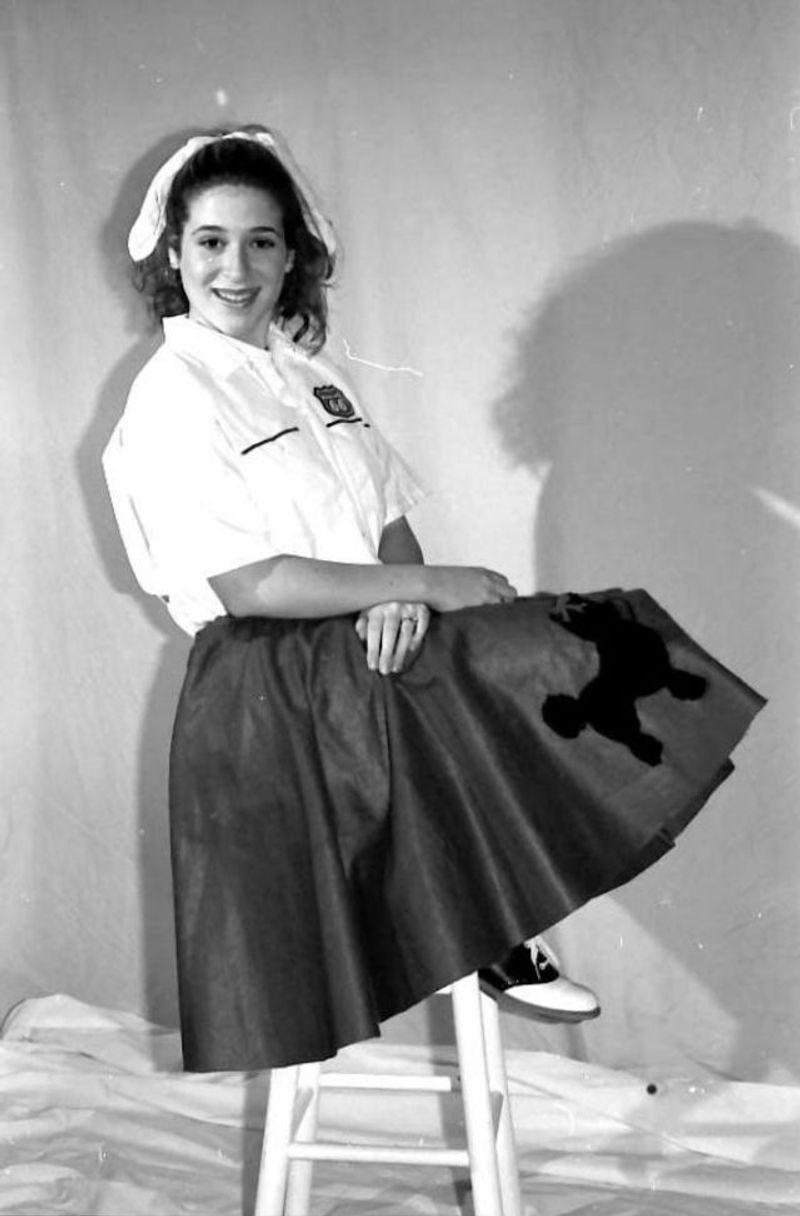
Those circular felt skirts with appliquéd poodles bouncing at the hem weren’t just cute – they were perfect for showing off during sock hops. Girls paired them with cardigan sweaters, sometimes with matching embroidery, creating what’s now the ultimate 1950s teen fashion stereotype. The poodle wasn’t the only design – everything from records to telephones made appearances, though the curly-haired dog remained the favorite.
These skirts spun outward beautifully when dancing, which was exactly the point. While they’ve become somewhat of a caricature of ’50s fashion, poodle skirts represented something important: teenage girls getting their own fashion identity separate from adult women’s styles for perhaps the first time in history.
3. 1950s Restrictive Corsetry: Beauty’s Painful Price
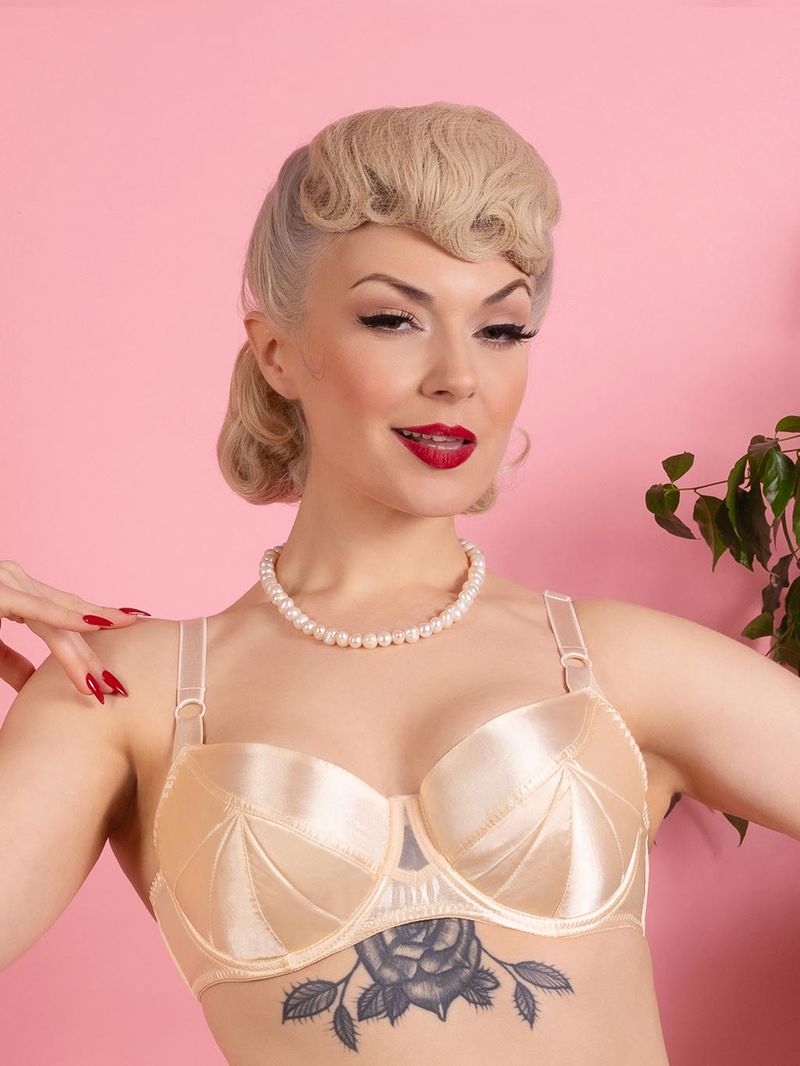
Ouch! The return of tight corseting in the 1950s might have created picture-perfect silhouettes, but at what cost? Women essentially tortured themselves daily, squeezing into foundation garments that restricted breathing and movement.
Many women wore what was called the ‘Merry Widow’ – a strapless corset that cinched the waist while pushing up the bust. Some even slept in their corsets to maintain the tiny waist measurement that fashion demanded.
The pressure to maintain these unrealistic body standards caused actual physical damage over time. While today we celebrate the elegant look of 1950s fashion, we rarely talk about the painful reality underneath those gorgeous dresses. This trend thankfully died as women began demanding more comfort and freedom in their clothing.
4. Men’s Fedoras: The Last Great Hat Era

Before JFK supposedly killed the hat industry by going bareheaded, men’s fedoras were the crowning glory of 1950s masculine style. Nearly every man owned at least one good hat – it wasn’t just fashion, it was practically required for respectability. The classic fedora with its creased crown and pinched front created a silhouette that instantly says “mid-century.”
Movies from this era showcase the importance of the hat – men would tip them to ladies, hang them carefully when entering buildings, and generally treat them as essential wardrobe pieces rather than accessories. Frank Sinatra made the slightly tilted fedora his signature look, influencing millions of men. Sadly, this might be the last decade when men’s headwear was universally embraced before becoming more of a specialty item.
5. 1960s Mod Mini Dresses: Youth Revolution
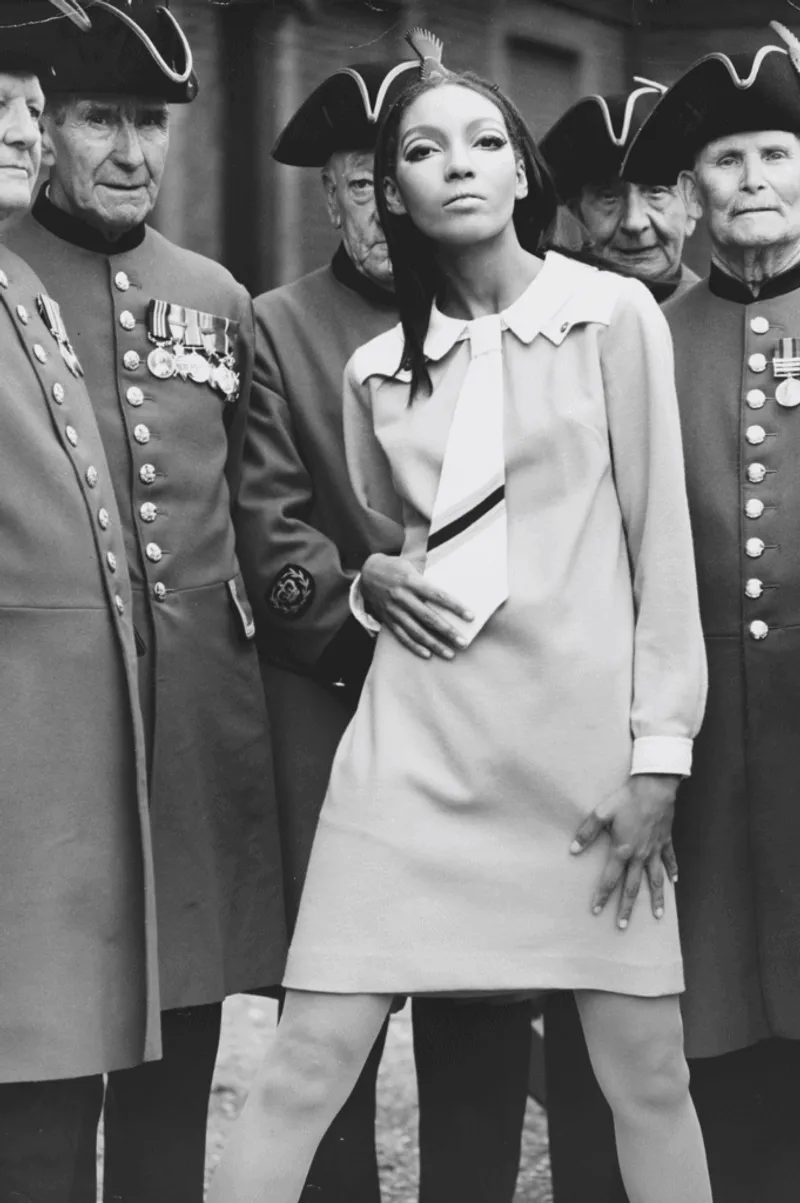
Mary Quant’s revolutionary mini dresses shocked the older generation while perfectly capturing the youthful spirit of the Swinging Sixties. Suddenly hemlines shot up well above the knee – scandalous at the time! The simple A-line shapes in bold colors and geometric patterns became symbols of the era’s optimism and rebellion. Girls paired them with white go-go boots or flat shoes perfect for dancing.
The stark contrast from the formal, adult styles of the previous decade couldn’t have been more dramatic. These dresses weren’t just fashion – they were political statements about women’s liberation and youth culture taking center stage. No wonder they’ve remained iconic through decades of fashion revivals, capturing that moment when London led the world in cool.
6. Go-Go Boots: Dancing Queens
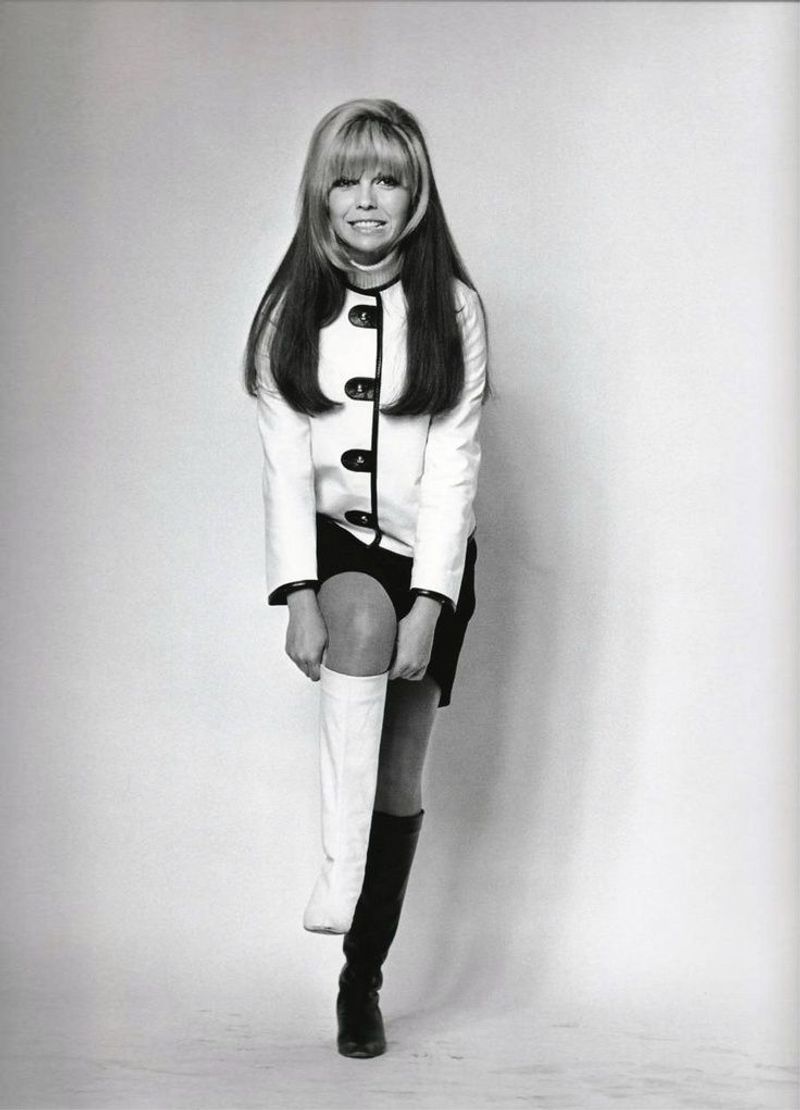
Nothing screams ’60s fashion quite like white go-go boots. These mid-calf, often patent leather boots with block heels became the footwear of choice for the modern, liberated woman. Nancy Sinatra’s hit song “These Boots Are Made for Walkin‘” cemented their place in pop culture. Go-go dancers in nightclubs made these boots famous, showing how they allowed for energetic dancing while looking futuristic and bold.
The name itself comes from the French expression “à gogo,” meaning “in abundance” – perfectly capturing the excessive, fun spirit of the era. What made these boots revolutionary was how they combined practicality with style. Unlike the restrictive footwear of previous decades, women could actually move freely while wearing them – a small but significant step toward fashion that served women rather than just displaying them.
7. Plastic Fashion: The Space-Age Flop
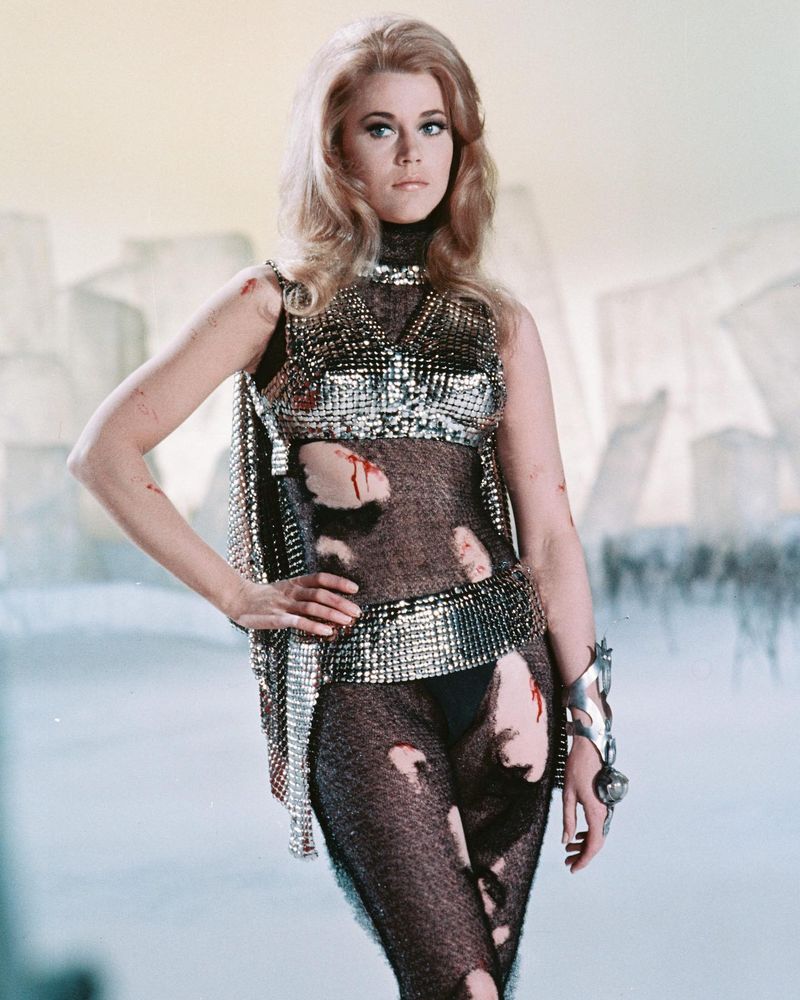
Designers like Pierre Cardin and Paco Rabanne thought the future would be plastic. They created bizarre, unwearable outfits from vinyl, PVC, and even metal discs that looked more appropriate for a sci-fi movie than real life. Models sweated profusely in these non-breathable plastic creations that squeaked when they moved. Imagine wearing a raincoat as an outfit – all day long!
These clothes embodied the space-race obsession of the 1960s but failed to consider basic human comfort or practicality. While they made for great magazine spreads and runway shows, plastic fashions never really caught on for everyday wear. They represent that overly optimistic ’60s belief that technology would solve everything – even replace natural fabrics – without considering whether it should.
8. Paper Dresses: Disposable Disaster
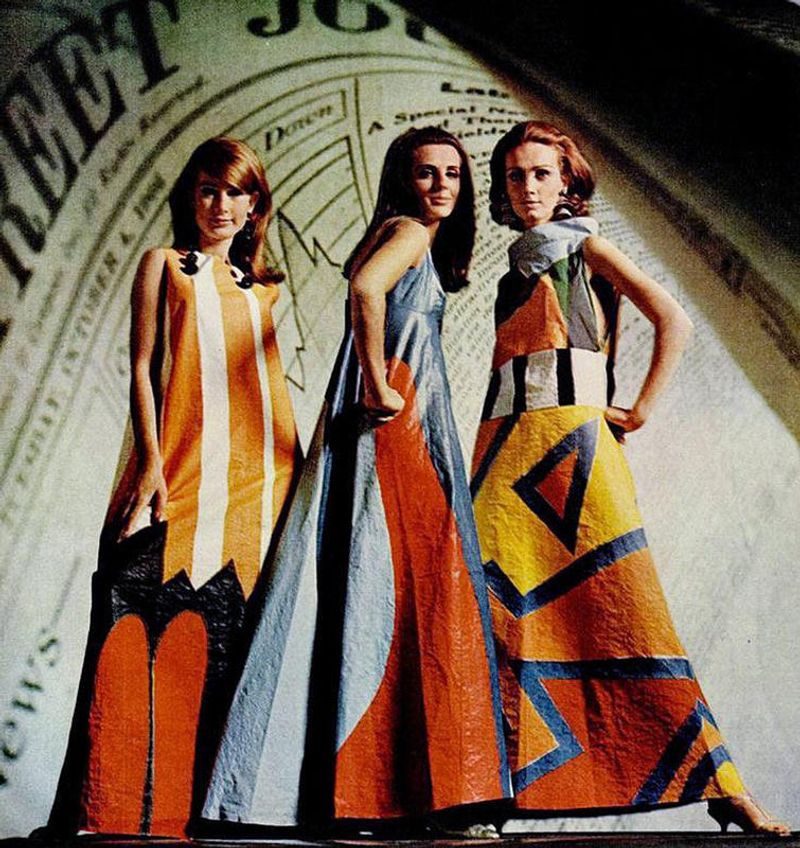
“Just wear it once and throw it away!” That was the selling point of paper dresses, which briefly captivated America in the mid-1960s. Made from cellulose and nylon-reinforced paper, these disposable garments cost just $1-$3 and came in eye-catching pop art prints. Scott Paper Company first introduced them as a marketing gimmick, but they unexpectedly became a short-lived sensation.
The appeal was partly novelty and partly the embodiment of the new throwaway culture. Political campaigns even printed their slogans on paper dresses as walking billboards. Unfortunately, these flimsy garments ripped easily, couldn’t be washed, and were uncomfortable to wear. They represent perhaps the most unsustainable fashion trend ever – thankfully, the fad lasted less than two years before consumers returned to actual fabric.
9. 1970s Flared Jeans: Denim Revolution
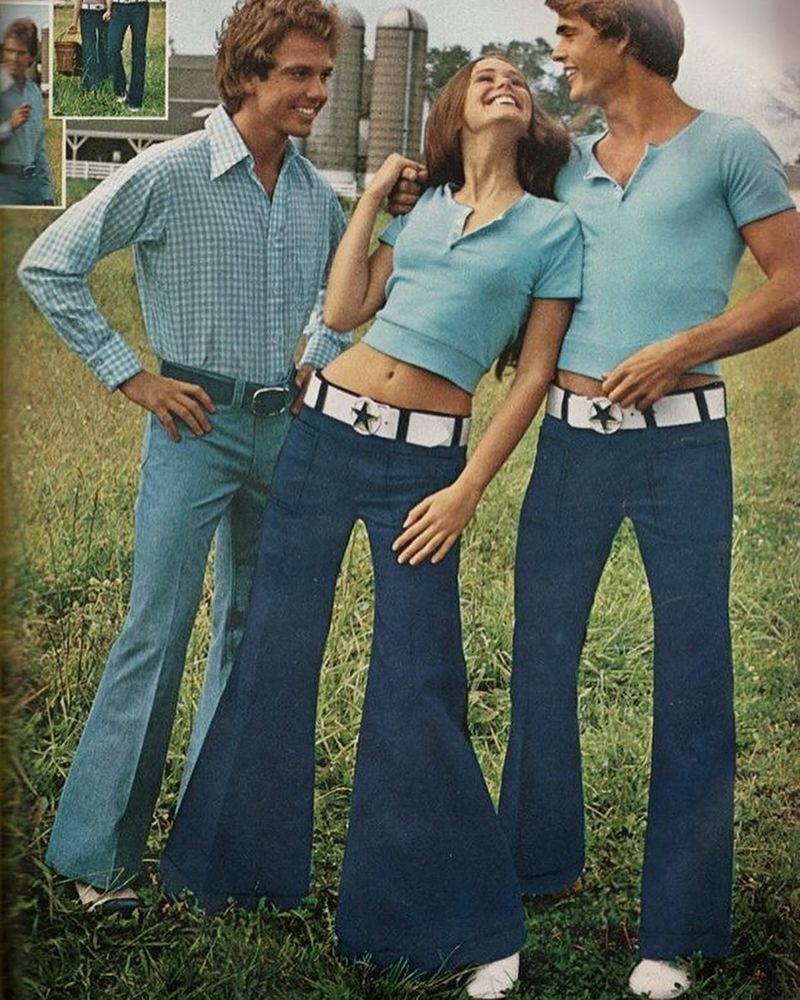
Bell bottoms weren’t just pants – they were a statement against the establishment! These wide-legged jeans started with a snug fit at the waist and thighs before dramatically flaring out from the knee down, sometimes reaching widths of 26 inches at the ankle. I still remember how they swished when you walked, creating this flowing movement that felt rebellious and free.
The best ones had a high rise that elongated the legs and accentuated the waist. People customized them with embroidery, patches, and studs to express their individuality. What made flares truly special was their democratic appeal – everyone from rock stars to suburban moms wore them. They erased class distinctions through denim, becoming perhaps the most socially significant pants style of the century.
10. Bohemian Peasant Blouses: Flower Power Favorite
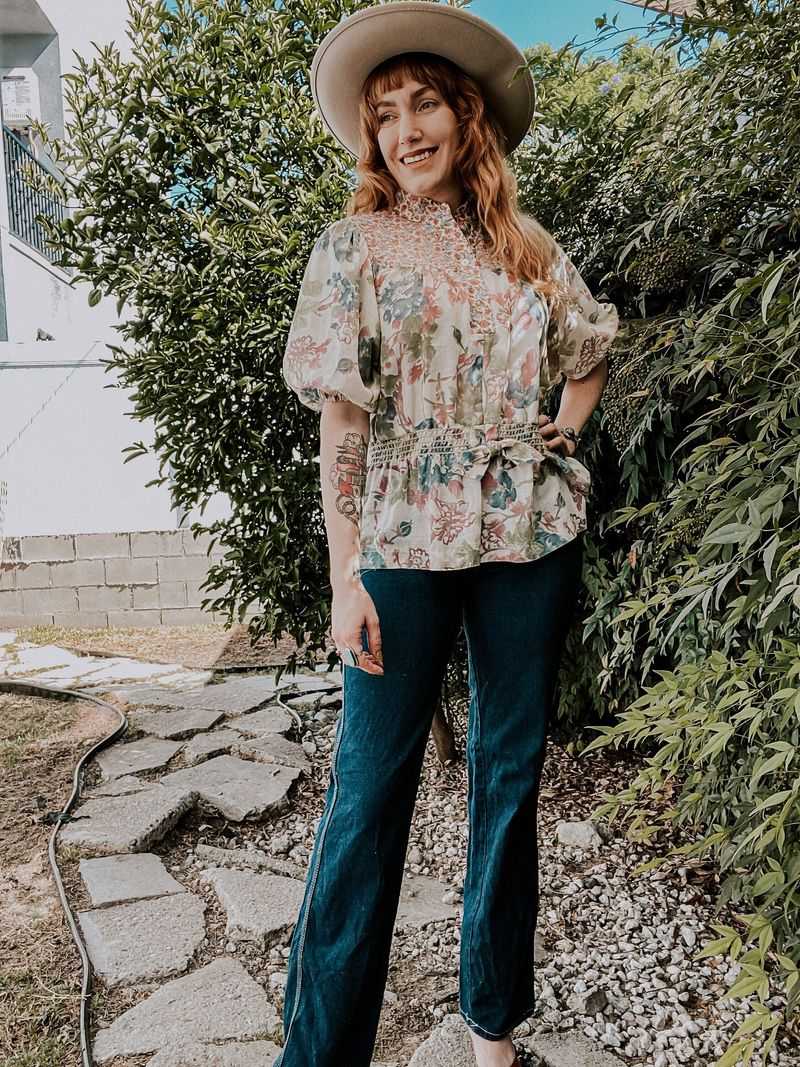
The flowing peasant blouses of the 1970s perfectly captured the decade’s free-spirited vibe. These loose-fitting tops with gathered necklines, billowy sleeves, and embroidered details represented a rejection of the synthetic, space-age styles from the late ’60s. Women paired them with everything from jeans to maxi skirts, creating that signature boho look.
The style drew inspiration from traditional Eastern European and Mexican folk clothing, reflecting the era’s interest in global cultures and handcrafted authenticity. These blouses weren’t just pretty – they were political. They represented the counterculture’s values: natural materials over synthetics, ethnic diversity over Western dominance, and comfortable self-expression over restrictive fashion rules.
No wonder they’ve remained a staple in fashion revivals ever since.
11. Polyester Leisure Suits: Disco Nightmares
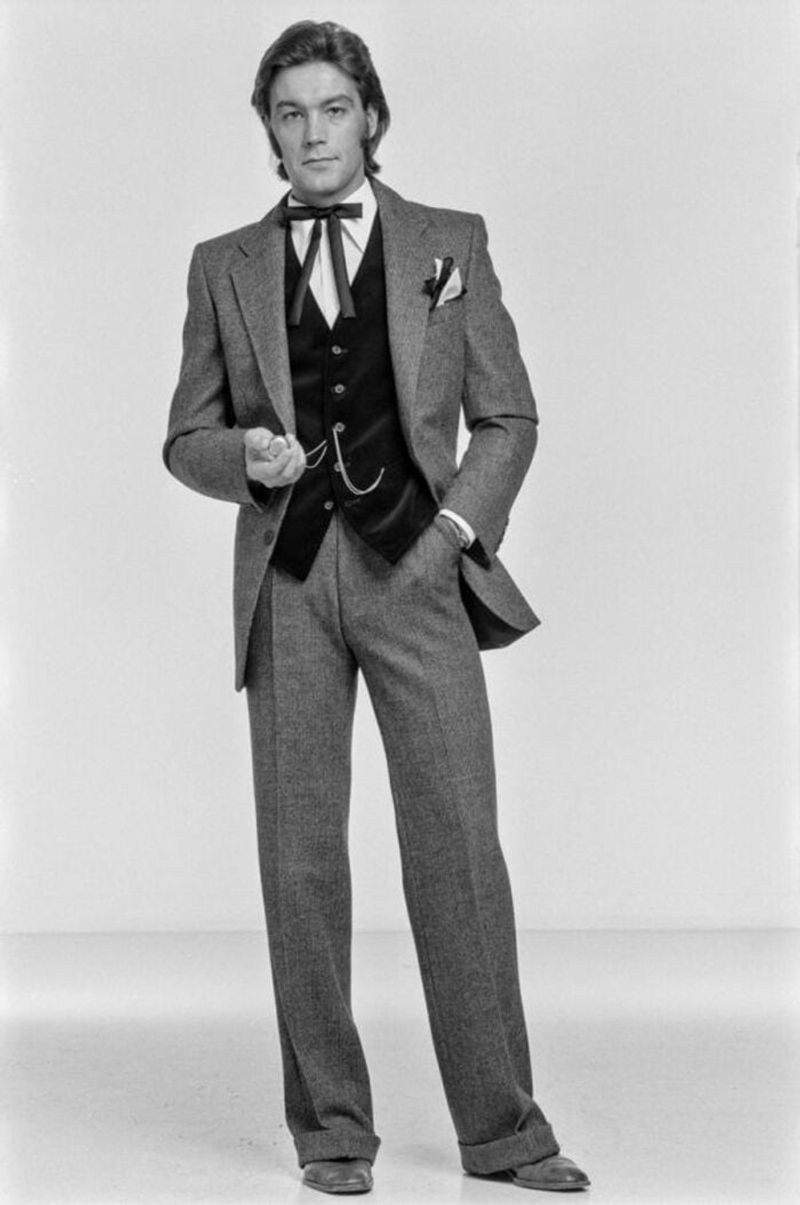
The 1970s polyester leisure suit might be the most mocked outfit in American fashion history. Men proudly strutted around in these synthetic matching jacket-and-pant combinations, often in eye-searing colors like powder blue, mustard yellow, or mint green. John Travolta may have looked cool in Saturday Night Fever, but most regular guys resembled walking furniture upholstery.
The synthetic fabric didn’t breathe, creating a personal sauna effect that left wearers sweaty and uncomfortable.
Worse, the material created so much static electricity that wearers would actually spark when touching metal objects! These suits represented the decade’s worst tendencies toward artificial materials and gaudy excess. While briefly ubiquitous at weddings, discos and casual offices, they became instant fashion jokes once the 1980s arrived.
12. Platform Shoes: Reaching New Heights
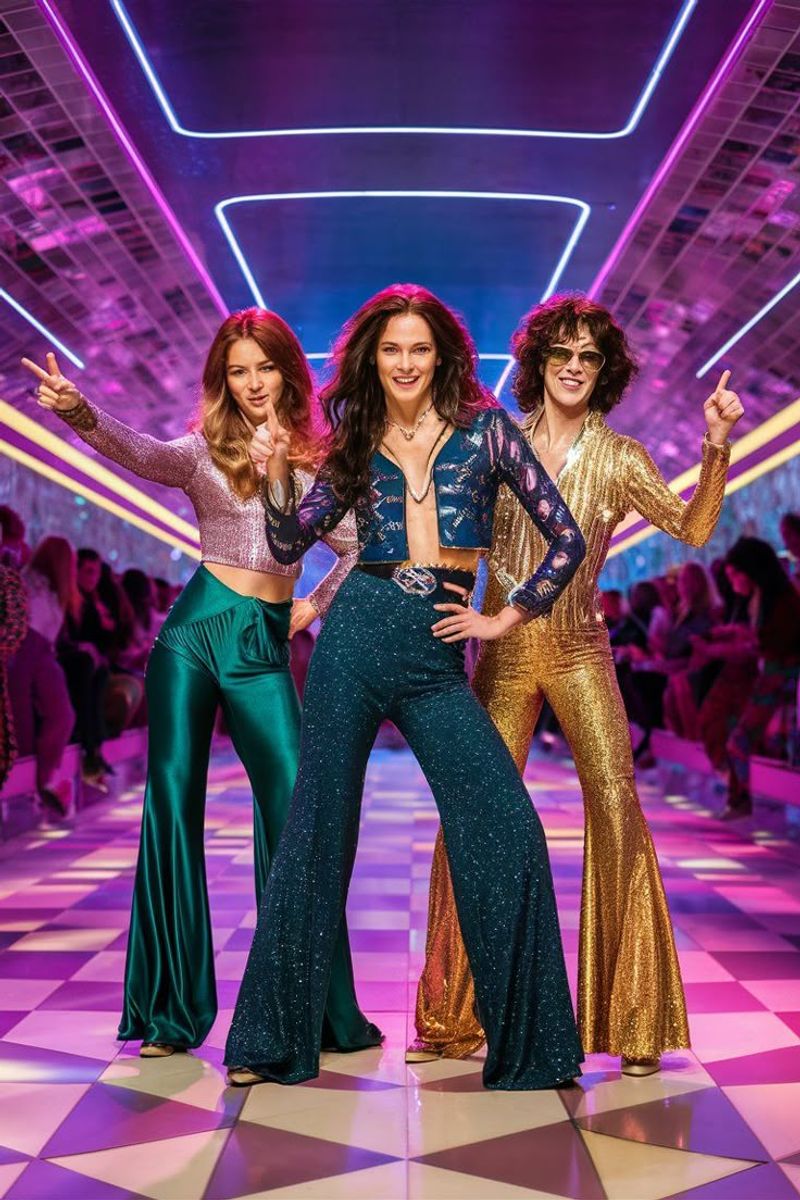
Platform shoes literally elevated 1970s fashion to new heights!
These towering shoes with thick soles – sometimes reaching 4-5 inches – became must-have items for both men and women during the disco era. ABBA made them famous worldwide, with their outrageous stage costumes featuring matching platform boots.
The shoes came in every imaginable material: glitter-covered, rainbow-colored, clear plastic, and even fish tanks built into the platform (yes, with real live fish swimming inside). Beyond their eye-catching appearance, platforms actually represented the decade’s gender experimentation. Men could finally add height without stigma, while women gained stature both literally and figuratively.
Though they caused countless twisted ankles, these statement shoes perfectly captured the era’s over-the-top theatrical approach to personal style.
13. 1980s Power Suits: Corporate Armor
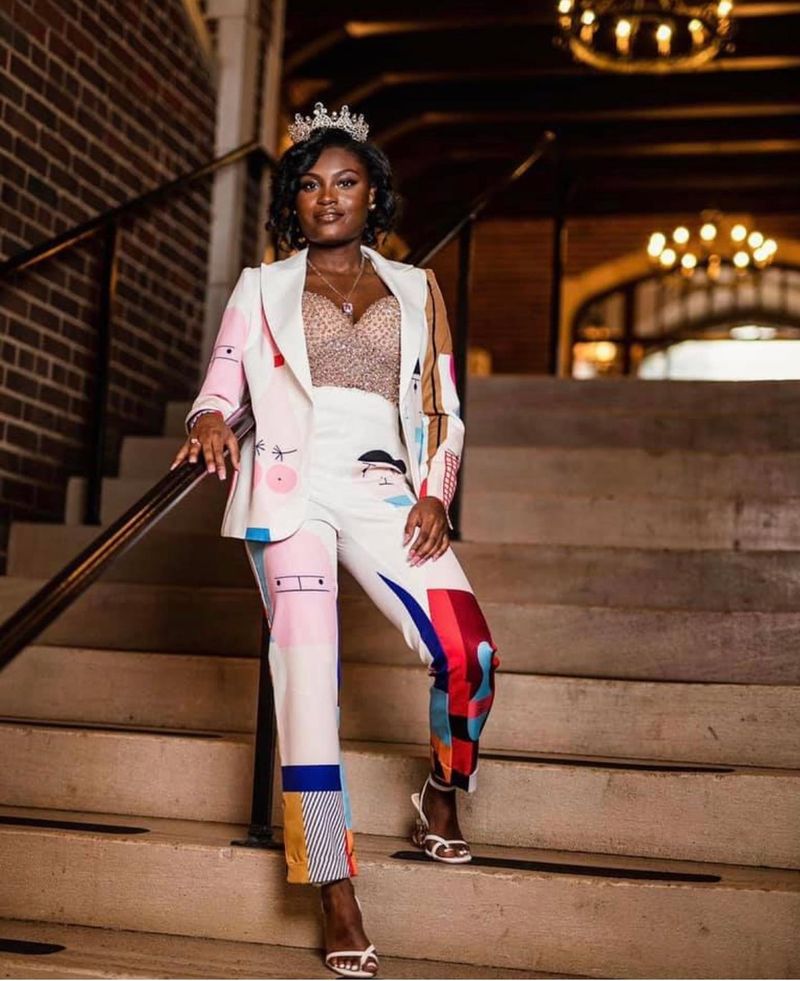
The power suit with its bold shoulders became the uniform for ambitious women entering male-dominated workplaces in the 1980s. Those giant shoulder pads weren’t just a fashion choice – they were strategic armor that literally widened women’s silhouettes to match men’s broader frames in the boardroom. Films like “Working Girl” showcased how these suits transformed women into forces to be reckoned with.
The exaggerated shoulders balanced the narrower hips, creating an inverted triangle shape that communicated authority and confidence. Designers like Donna Karan understood exactly what career women needed. While the look seems dated now, these suits represented a pivotal moment when women dressed not to please others but to command respect.
They remain powerful symbols of female ambition during a decade when workplace gender barriers were being actively challenged.
14. Leg Warmers: Dance Craze Crossover
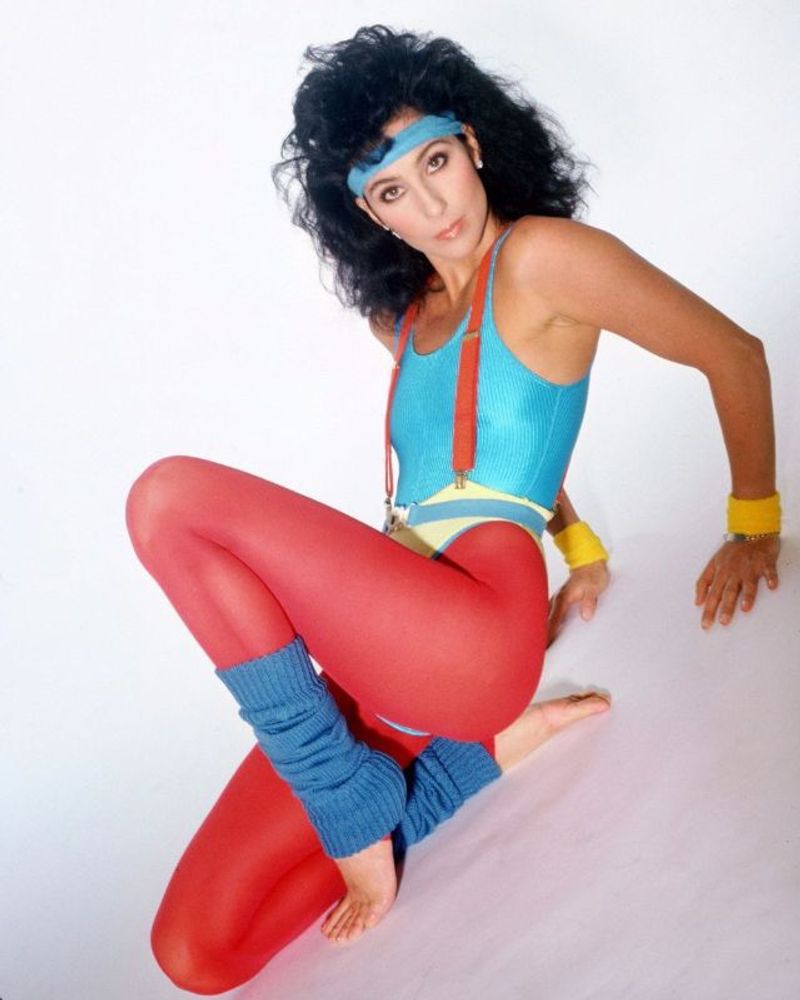
Leg warmers jumped from ballet studios to street fashion thanks to movies like “Flashdance” and “Fame.” These chunky knit tubes pulled over the calves were actually designed for dancers to keep muscles warm during rehearsals – not as fashion statements with miniskirts! Girls would scrunch them down over jeans or leggings, often in neon colors that clashed deliberately with their outfits.
The more wrinkled and slouchy they looked, the better.
Paired with off-the-shoulder sweatshirts, they completed the “I just left dance class” look that suddenly everyone wanted. What’s funny is how completely impractical they were for non-dancers. They provided no real warmth where needed and often slipped down throughout the day. Still, they perfectly captured the fitness obsession and dance influence that defined early ’80s fashion.
15. Neon Everything: Blinding Brightness
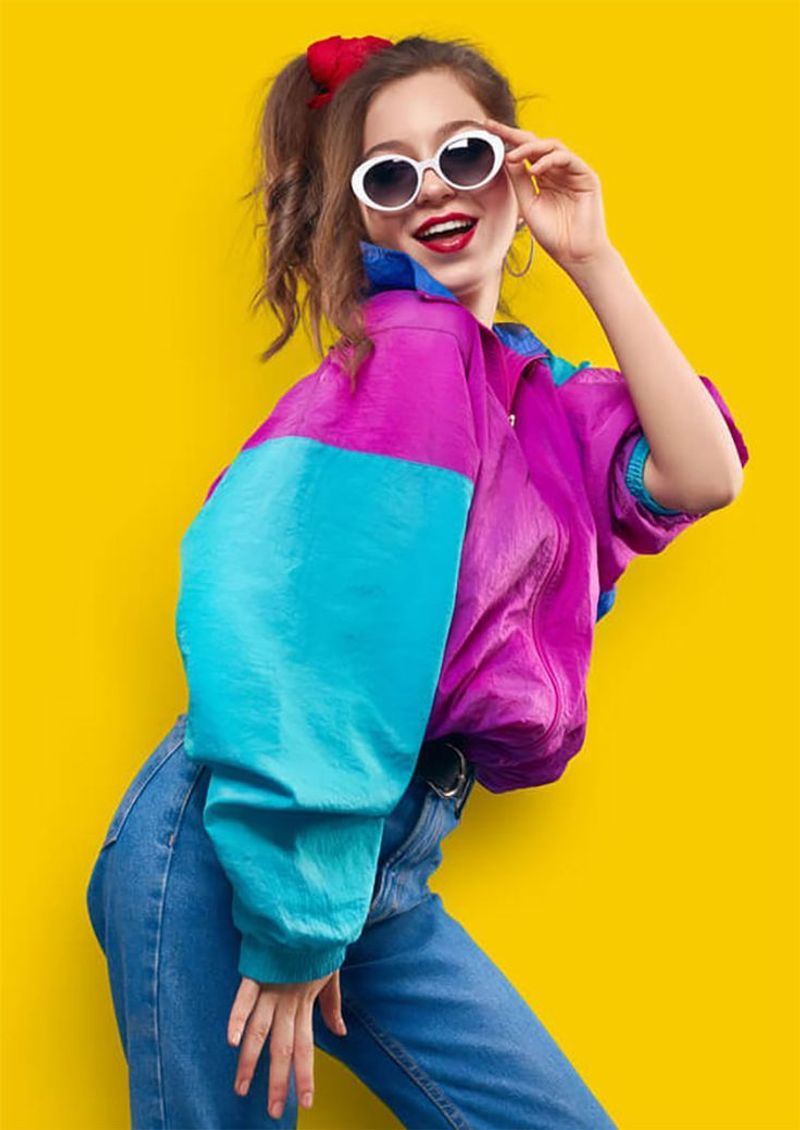
The 1980s neon trend burned our retinas with its unnatural brightness.
Suddenly, everything came in eye-searing shades of electric pink, lime green, and atomic orange – often worn all together in clashing combinations that required sunglasses to look at directly. Blame it on the new fluorescent dye technology that made these colors possible. Fashion embraced these synthetic hues that had no equivalent in nature, reflecting the decade’s artificial, materialistic values.
The worst offenders were those who wore head-to-toe neon, looking like human highlighter pens walking down the street. While a touch of neon could energize an outfit, the era’s excess meant people rarely showed such restraint. These colors became so ubiquitous that they now instantly scream “1980s” to anyone who lived through that visually exhausting decade.
16. Acid Wash Denim: Chemical Fashion
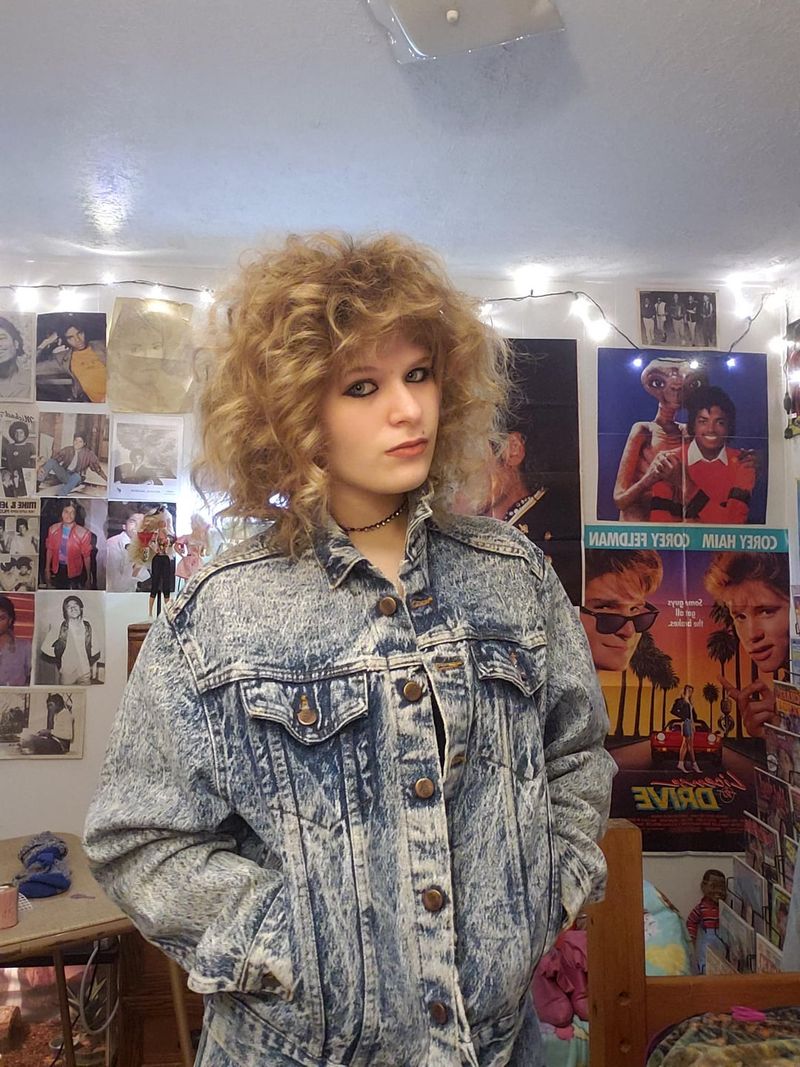
Acid wash jeans – where perfectly good denim was deliberately damaged with chlorine bleach to create mottled white splotches – might be the most visually aggressive trend of the 1980s. The process literally weakened the fabric while creating that distinctive marbled appearance. Heavy metal bands made this look popular, and soon everyone wanted jeans that looked like they’d been attacked by industrial chemicals.
The worst versions combined acid wash with other denim crimes: tight tapered legs, pleated fronts, and high waists that reached almost to the armpits. Entire Canadian tuxedos appeared in acid wash – matching jackets and jeans that looked like wearable static TV screens.
The technique represented the decade’s love of artificial intervention and excess, taking something natural (denim) and chemically processing it until barely recognizable.
17. Huge Hair: Defying Gravity
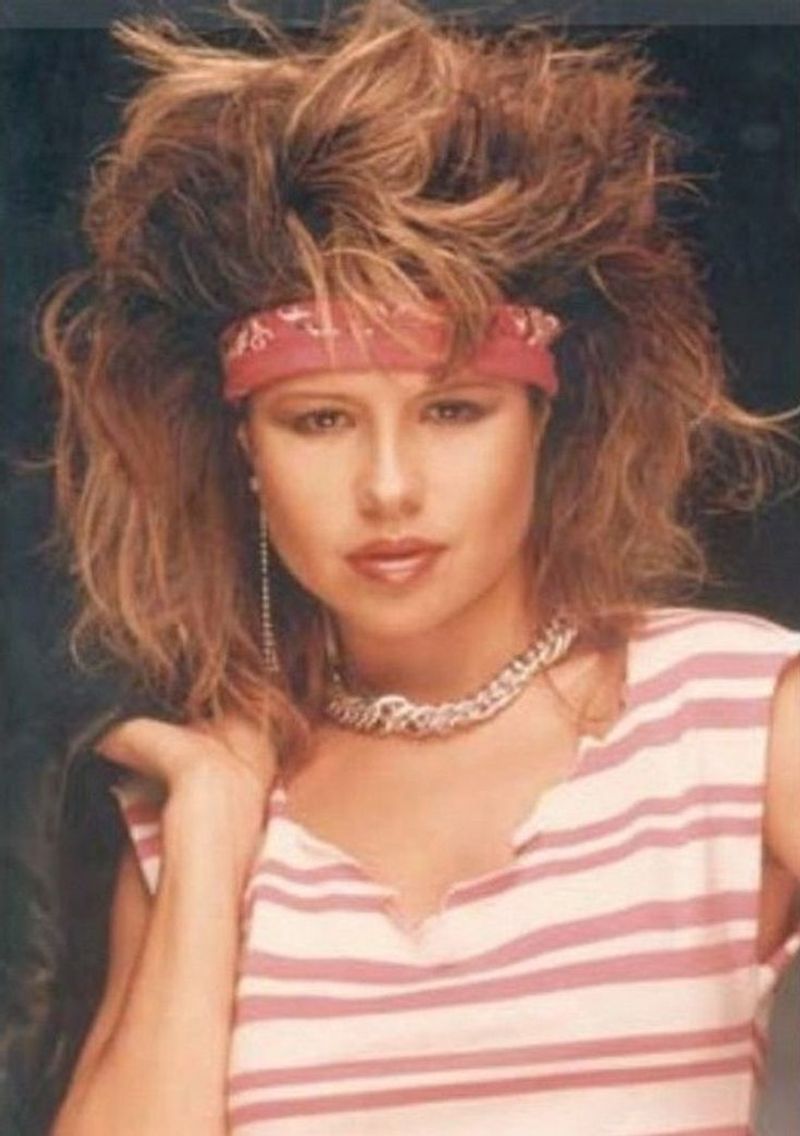
The bigger the hair, the closer to heaven!
That seemed to be the motto of 1980s hairstyling, when people used industrial amounts of hairspray to create gravity-defying styles. Women teased their hair to unnatural heights, creating silhouettes that added 6+ inches to their height. Hair metal bands took this to extremes, with male musicians sporting massive manes that required hours of backcombing and entire cans of Aqua Net to maintain.
The environmental impact of all that aerosol probably punched a hole in the ozone layer by itself! What made this trend particularly bizarre was how unnatural it looked. No one’s hair naturally stands straight up or forms perfect wings on the sides. Yet people damaged their hair daily with teasing, perming, and chemical products just to achieve these architectural styles.
18. 1990s Slip Dresses: Minimalist Masterpiece
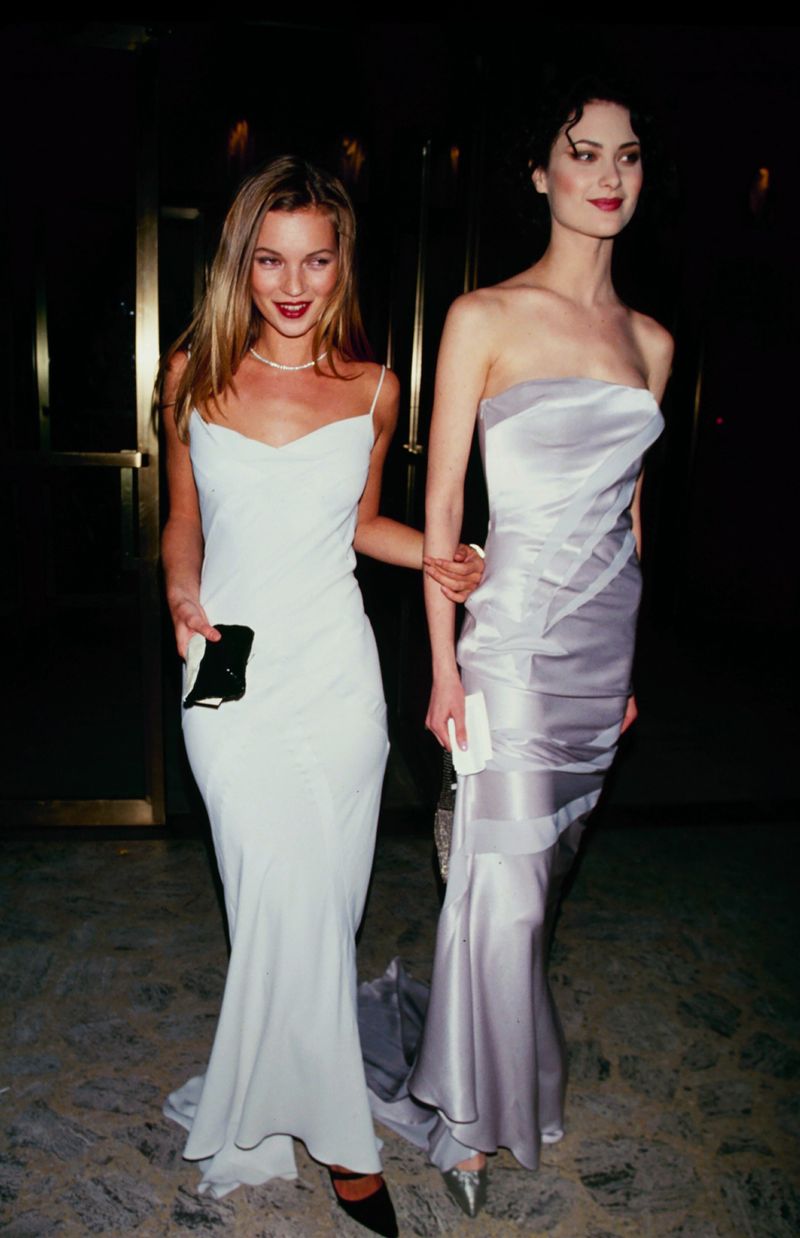
The slip dress represented everything the ’90s stood for: minimalism, simplicity, and a rejection of the previous decade’s excess. These slinky, spaghetti-strapped dresses looked like lingerie that had somehow become acceptable to wear in public. Kate Moss became the poster girl for this trend, wearing simple silk slip dresses that skimmed her body without clinging.
The beauty was in the simplicity – clean lines with no unnecessary details. Women layered them over white T-shirts for daytime or wore them alone for evening events. After the structured power suits and shoulder pads of the ’80s, these dresses felt revolutionary in their effortlessness. They required confidence to pull off but offered incredible comfort and versatility. No wonder they’ve remained timeless while other ’90s trends became dated.
19. Grunge Flannel: Anti-Fashion Statement
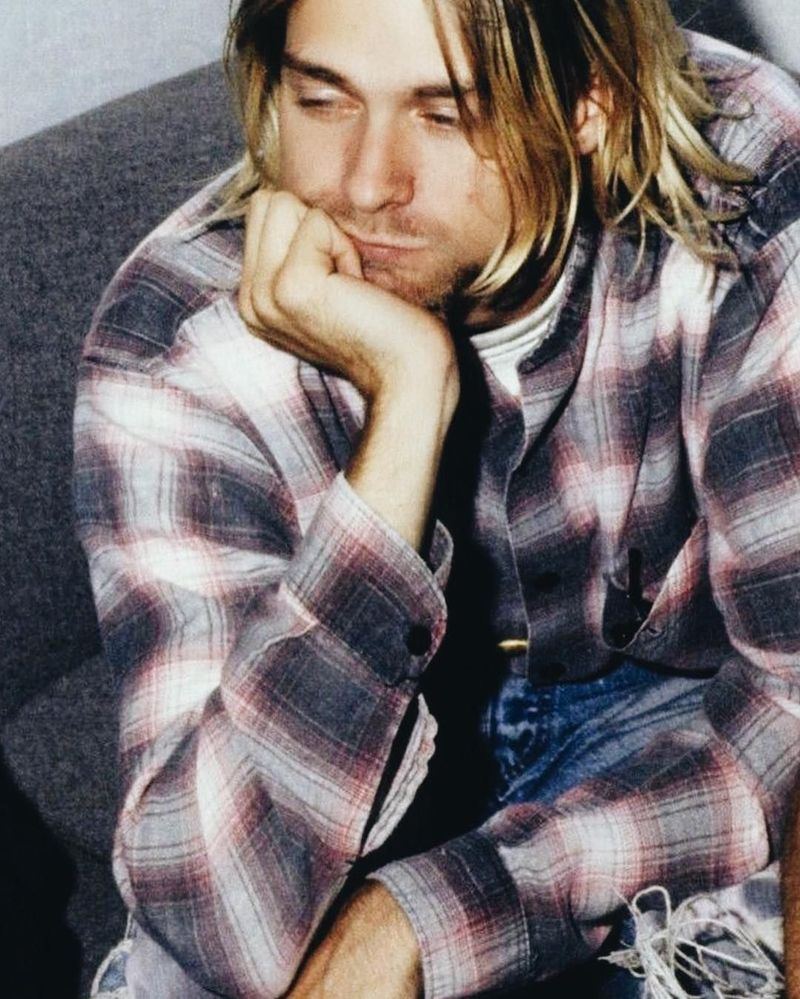
Flannel shirts tied around the waist became the ultimate symbol of ’90s grunge – a deliberate middle finger to the polished excess of the ’80s. Bands like Nirvana and Pearl Jam popularized this thrift-store aesthetic that valued comfort and authenticity over fashion rules.
These weren’t just any flannels – they needed to look worn, preferably oversized and faded from multiple washes. Young people paired them with ripped jeans, band t-shirts, and Doc Martens boots to create a look that screamed “I don’t care.”
The irony, of course, was how much effort sometimes went into appearing effortless. What made grunge revolutionary was how it rejected the idea that clothes should be new or expensive to be cool. It embraced imperfection and comfort during a recession when many couldn’t afford designer labels anyway.
20. Overplucked Eyebrows: Pencil-Thin Regrets
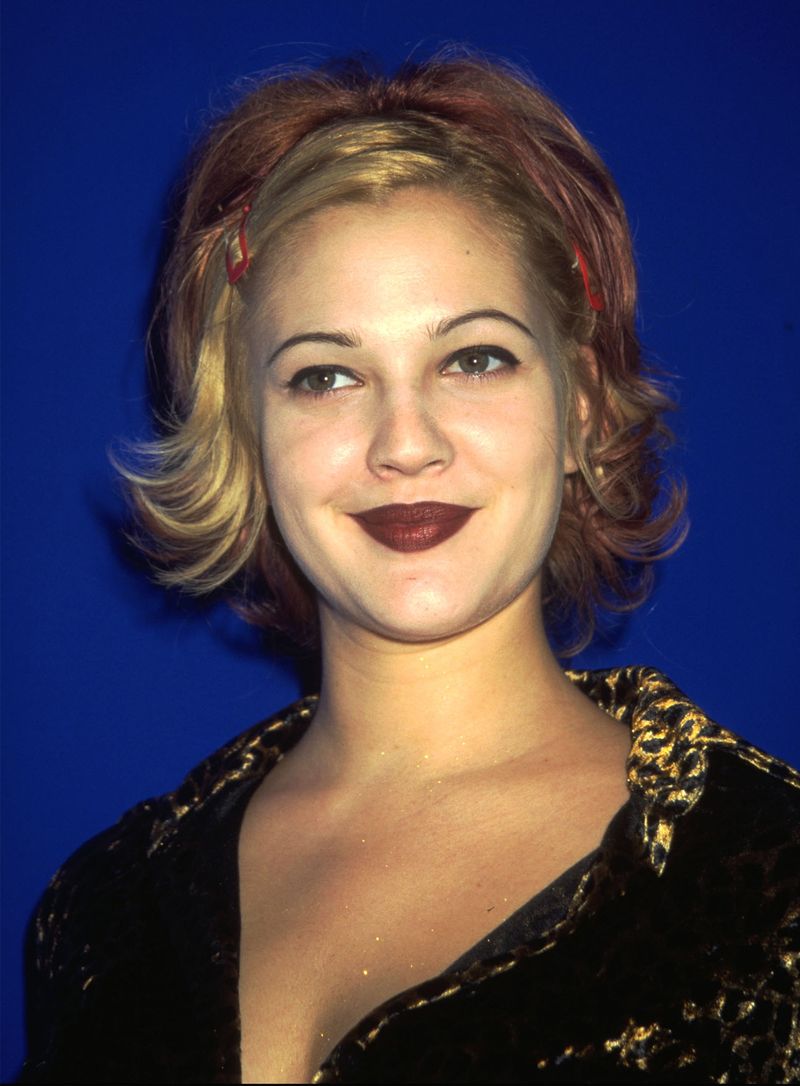
The great eyebrow massacre of the ’90s left an entire generation with permanent brow damage. Women plucked their eyebrows into pencil-thin lines that barely qualified as eyebrows at all – just the slimmest possible arch above the eye. Drew Barrymore and Pamela Anderson popularized this look, which required constant maintenance as women waged war against any stray hair that dared to grow.
The ultra-thin look created an perpetually surprised expression and removed all the natural character from faces. Many women who embraced this trend in their youth later discovered that overplucked brows don’t always grow back. Decades later, they’re still filling in patchy eyebrows with pencils and powders, regretting those zealous tweezing sessions. This might be the only ’90s trend with truly permanent consequences!
21. Chunky Platform Sneakers: Spice Girls Special
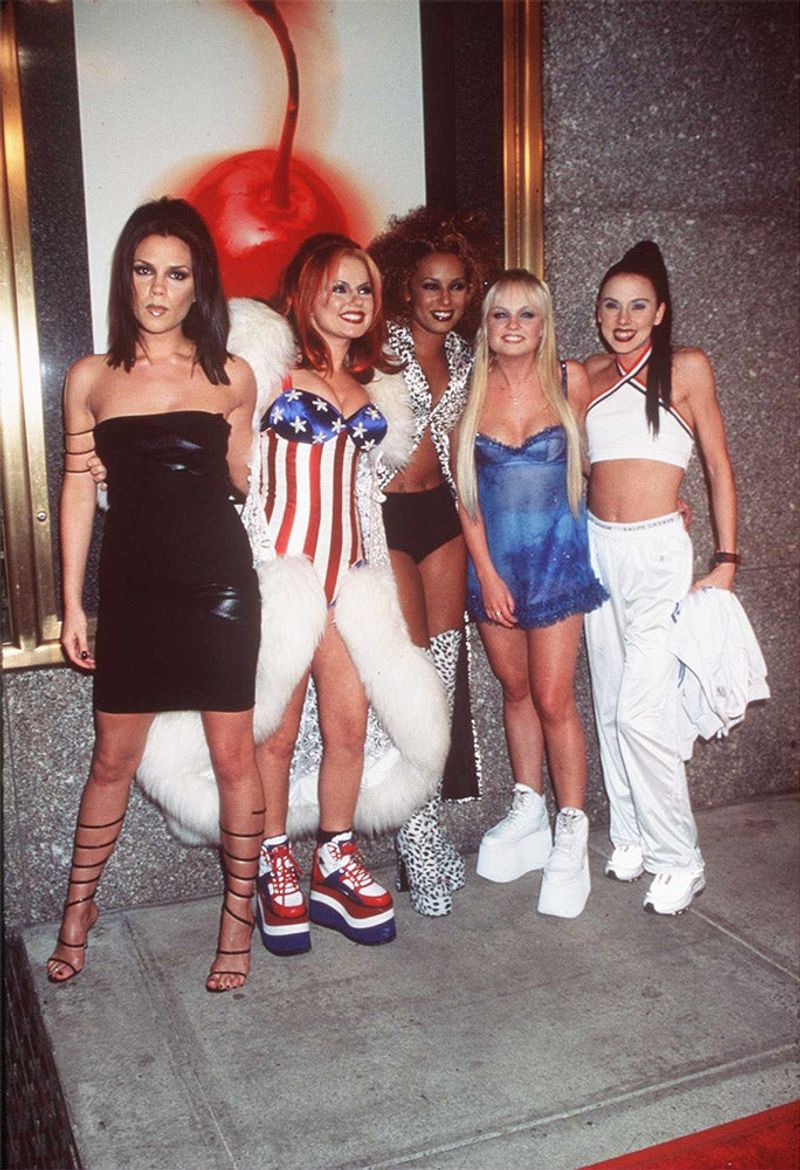
The Spice Girls made these ridiculously tall sneakers famous, and suddenly every girl wanted to add 3-5 inches to her height through foam platform soles. These weren’t subtle – brands like Buffalo and Skechers created shoes with platform soles so thick they resembled orthopedic footwear. Walking in these clunky monsters was a genuine hazard.
Countless ankles were sprained as wearers toppled over like newborn foals learning to walk.
The weight of the shoes made running impossible, and stairs became particularly treacherous territory. What’s fascinating is how these shoes combined two contradictory elements – the casual comfort of sneakers with the impractical height of platforms. They perfectly captured the ’90s love of exaggerated proportions and the growing influence of pop music on fashion trends.
22. Frosted Tips: Boy Band Hair Disaster
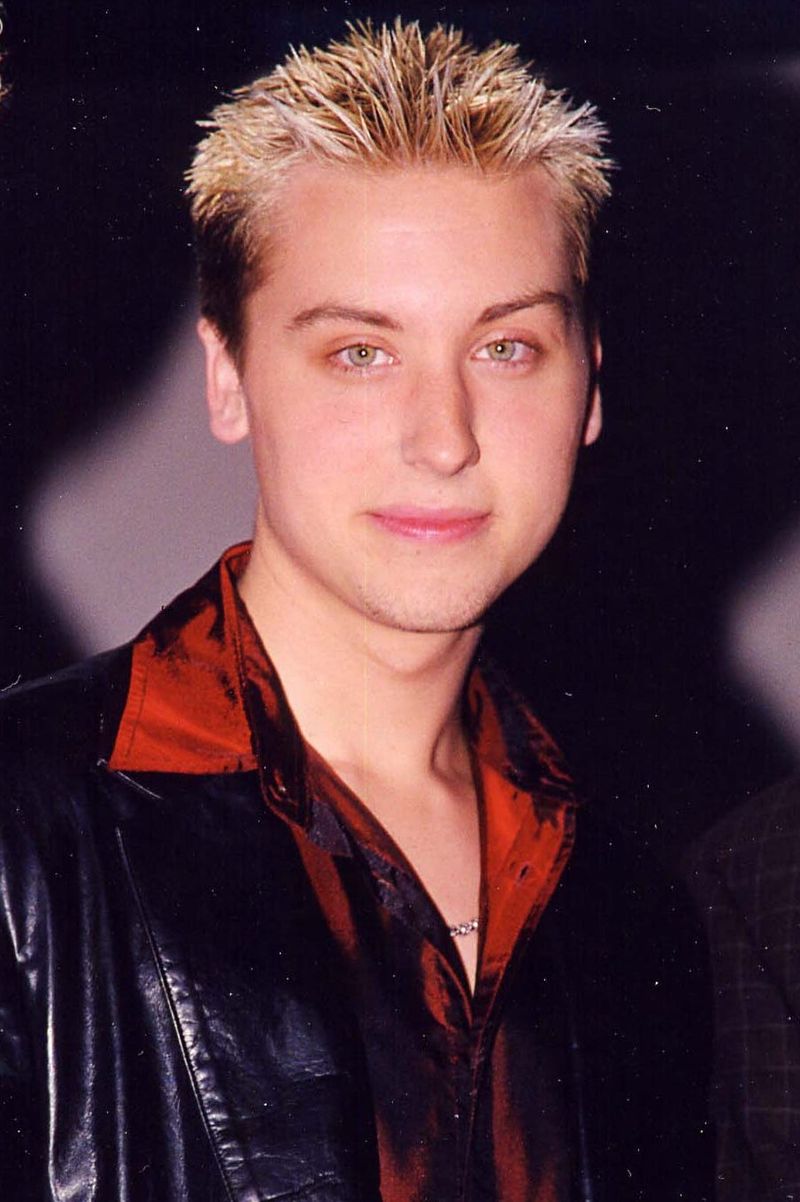
Nothing screams “late ’90s guy” quite like frosted tips – those bleached spiky ends on otherwise dark hair that made men look like they’d dipped their heads in vanilla frosting. *NSYNC and Backstreet Boys made this look inescapable for a few unfortunate years. Achieving this look required significant chemical damage.
Guys would apply bleach only to the very ends of their gelled, spiky hair, creating that distinctive two-tone effect. The result was brittle, damaged hair that resembled a porcupine dipped in peroxide. The worst versions combined frosted tips with hair gel so strong the spikes could potentially injure someone.
This style represented the strange moment when mainstream guys suddenly embraced high-maintenance hair routines previously avoided as too feminine – only to choose the least flattering option possible.
